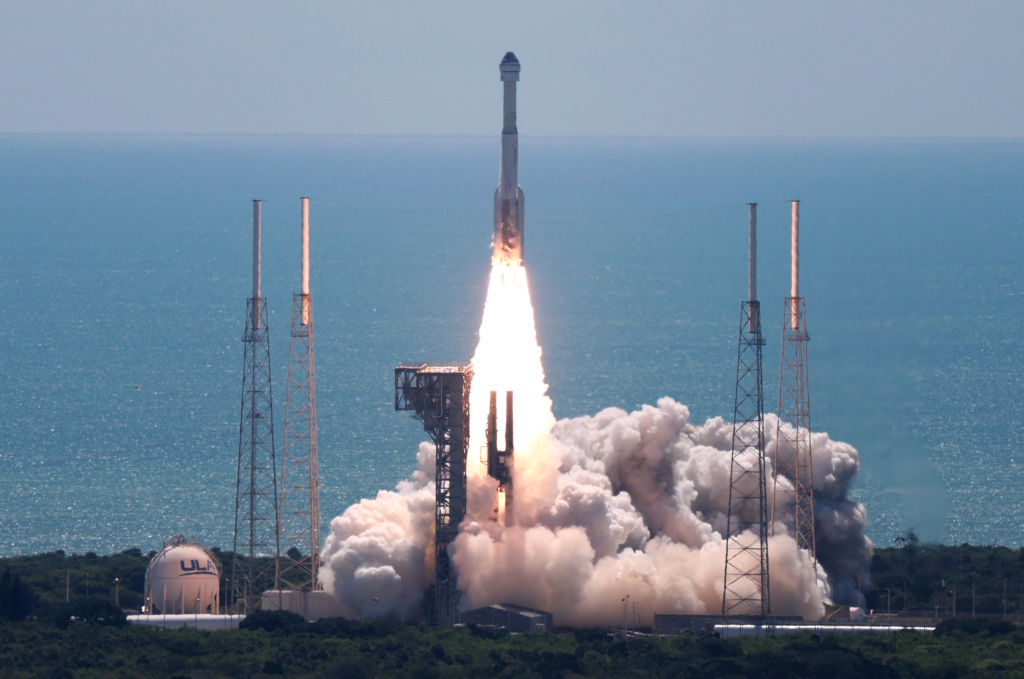(CNN) — Following the successful launch of Boeing's Starliner space shuttle with two astronauts on board Wednesday morning, NASA and Boeing discovered two additional helium leaks aboard the Starliner as it flew through low-Earth orbit toward the International Space Station.
NASA astronauts Butch Wilmore and Suni Williams were about to go to sleep when mission control informed them that they needed to close two valves due to two new helium leaks. A third leak was discovered before launch and was deemed “acceptable”.
“Teams have identified three helium leaks on the spacecraft. One of them was discussed with the management plan prior to flight. The other two are new since the spacecraft reached orbit,” the space center told NASA's Johnson in the X.
“It looks like we've detected two more helium leaks,” Mission Control told the astronauts overheard in a NASA broadcast. The controllers then explained to the crew the plan to close the two valves.
“We're ready … to find out exactly what you mean by detecting another helium leak, say so,” astronaut Wilmore told them.
“Butch, sorry. We're still piecing together the story,” replied Mission Control.
NASA and Boeing have told the crew to stay safe and go to sleep while they continue to analyze the leaked data. The crew was supposed to sleep for 9 hours, but the resolution of the problems prevented them from getting an hour's rest.

Veteran NASA astronauts Butch Wilmore (left) and Suni Williams are seen Saturday before the second Starliner launch attempt. (Credit: Joe Skipper/Reuters)
“We've had some issues with monitoring at night with the helium leaks that were just mentioned, and we have a lot of smart people on Earth who are going to be watching for these things. But the vehicle is now in a configuration where it's safe to fly,” Boeing space engineer Brandon Burroughs said in a NASA broadcast. said.
A message from the Johnson Space Center said that “the (ISS) crew continues to sleep en route,” and that “the spacecraft is stable.”
What the impact of the leaks will be has yet to be determined, but all indications are that the Starliner is scheduled to dock with the International Space Station this Thursday at noon.





:quality(85)/cloudfront-us-east-1.images.arcpublishing.com/infobae/KTKFKR763RBZ5BDQZJ36S5QUHM.jpg)